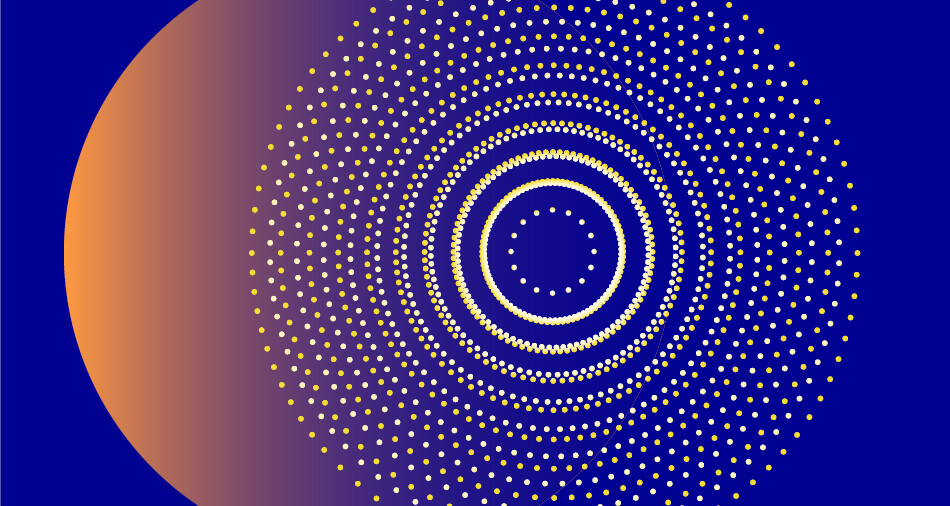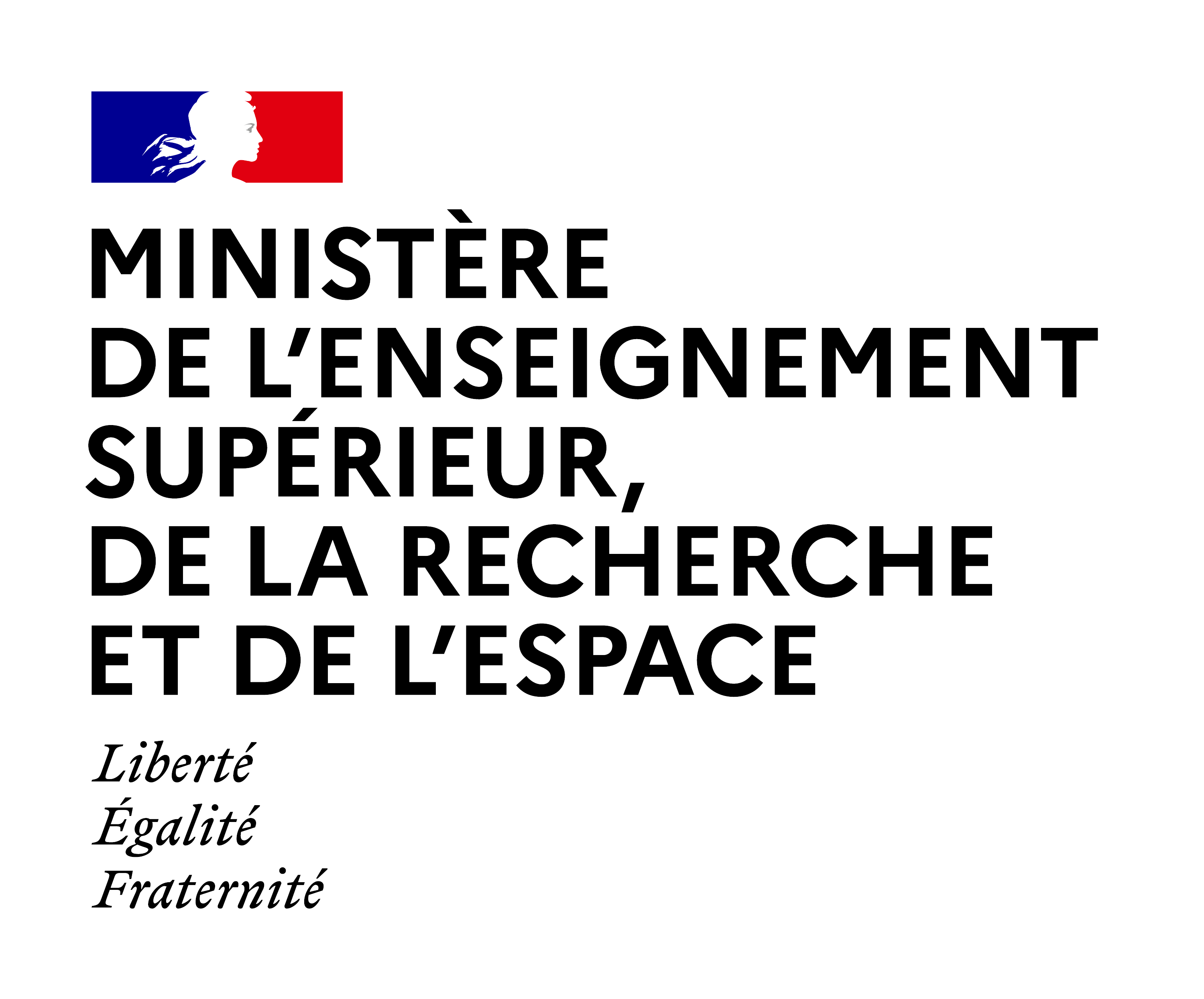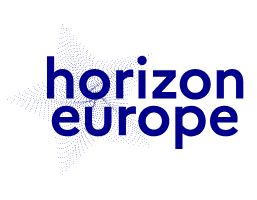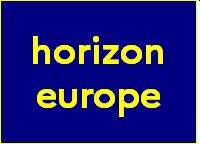Expected Outcome:
This topic aims at supporting activities that are enabling or contributing to one or several expected impacts of destination 2 ‘Living and working in a health-promoting environment’. To that end, proposals under this topic should aim for delivering results that are tailored towards and contributing to all of the following expected outcomes:
- National and EU authorities apply user-friendly tools to produce and use generated data on the impact of pollutants on health;
- National and EU authorities benefit from access to robust and transparent indicators for health impact assessment to monitor efficacy of pollution-mitigating actions and policies;
- Policymakers and other stakeholders, e.g. public authorities such as urban planners, health professionals, employers, civil society organisations and citizens, use developed guidelines to take action to prevent pollution-related illnesses and impairments, and choose healthier lifestyles and behaviours;
- EU, national and regional authorities receive guidance and recommendations for updates of (1) scientific evidence about health risks caused by environmental pollutants (2) advice on management and mitigation of these health risks and (3) guidance and recommendations for updates of limit values for different classes of pollutants in the environment; these recommendations should take into account vulnerable population groups and people with increased vulnerability because of pre-existing medical conditions;
- The implementation of the Zero-Pollution Action Plan, the Chemical Strategy for Sustainability and the EU legislation on air quality, noise and waste continue to be supported by a strong evidence-base;
- Relevant actors in our daily lives, e.g. medical personnel, building engineers, teachers, urban planners etc., have access to information such as training courses on pollution and health impacts.
Scope:
The European Green Deal set out by the European Commission recognises that man-made environmental pollution is an increasing threat for human health and wellbeing. Opinion polls[1] show that climate change, air pollution, and waste are the three most important environmental issues that European citizens are concerned about. Over three-quarters (78%) of respondents believe that environmental issues have a direct effect on their daily life and health.
Pollution affects a large number of people in Europe and beyond: A 2018 assessment attributed 16% of total global mortality to pollution-related disease. Over 7 million people die of exposure to polluted air every year worldwide[2]. For 2019, the European Environment Agency has estimated that around 350 000 premature deaths in the EU can be attributed to air pollution (namely from particulate matter, nitrogen dioxide and ozone)[3]. Today, more than 1 in 4 Europeans is exposed to traffic noise levels dangerous to their health in their homes, schools and workplaces[4]. The increase of artificial light at night (ALAN) in cities has altered the natural light levels in the environment and extended human activities to the usually dark hours. It has been estimated that more than 80% of the world population is living under light polluted skies[5]. Waste[6] continues to be a persistent environmental issue in Europe, and it is estimated that there are 2.5 million contaminated sites in Europe, with potentially significant adverse health effects[7].
The global burden from non-communicable diseases (NCDs) has consistently increased over the last decades, being now estimated to account for 70% of deaths globally (World Health Organization). The growing burden of chronic diseases will also be a challenge for Europe’s healthcare systems, these diseases already accounting for an estimated 70-80% of healthcare costs. Currently, around 50 million European citizens suffer from two or more chronic conditions and most of these people are over 65.[8] The most recent WHO environmental burden of disease estimations suggest that, annually, 13% of deaths (630 000) in the WHO Europe region are attributable to environmental stressors and an EEA report concluded that, 90% of deaths attributable to the environment result from non-communicable diseases, including cancers, cardiovascular diseases, stroke, chronic obstructive pulmonary disease, mental, behavioural and neurological disorders, diabetes, kidney disease and asthma[9]. While early childhood deaths have declined, the years lived with disability have increased, particularly with chronic disease.
The proposed research should strengthen the knowledge base available to policymakers regarding pollution-disease associations and causal mechanisms at different phases of the life course, taking advantage of latest molecular, cellular and computational technologies to elucidate biological pathways from exposure (including combined exposures) to disease. The work should bring together toxicology, exposure science, public health engineering and environmental epidemiology, and build on data from sources such as pollution-related databases, disease registries, epidemiological studies and biobanks, environmental and human biomonitoring data and new generated data and could consider citizen science and other innovative approaches. All exposure routes should be considered where relevant (oral/digestive tract, inhalation, dermal).
The focus of this topic should be on three areas where the understanding of and evidence on causality should be strengthened to overcome the current paucity of data and respond to calls from policymakers. The applicants should focus on at least one of the following three aspects:
- Air pollution, especially in the urban environment, taking into account existing evidence, notably the latest WHO air quality guidelines of 2021 and their recommendations on different pollutants[10], including on pollutants of emerging concern, looking at e.g. ultrafine particles and interactions with aeroallergens, black carbon, sand and dust storms and impact on human health;
- Noise pollution and light pollution impact on human health;
- Pollution from hazardous waste (e.g. pharmaceuticals, illicit drugs, e-waste, plastics (including nano- and microplastics)) in heavily contaminated environments and adverse health outcomes.
Several of the following activities should be included:
- Research activities to strengthen the evidence base for pollution-disease associations and underlying causality mechanisms and biological pathways, taking into account combined exposures and mechanisms of increased sensitivity in susceptible groups;
- Delivery of FAIR data[11] on causal associations between environmental risk factors and health outcomes, in particular for air pollutants of emerging concern, specifically ultrafine particles, black carbon, and others, taking into account vulnerable population groups and specific exposure situations in a life-course approach including vulnerable early-stages of life and transgenerational risks;
- Development of user-friendly tools for systematic mining and assessment of the knowledge generated and translation into best practices and to improve the assessment of individual life-exposure to pollutants;
- Proposals for environmental limit values for the studied pollutants and generation of health impact indicators, where relevant and taking into account existing standards and evidence;
- Development of guidelines and socio-economic and decision support tools for different actors including policymakers, health professionals and citizens to take action to prevent pollution-related illnesses and impairments, and to enable the choice of healthier lifestyles and behaviours;
- Identification of cross-sectoral interventions (case studies) with the potential for remediating pollution and risk of exposure and improving human health and well-being in the short/medium term;
- Development of training courses on pollution and health impacts to inform professionals impacting our daily lives e.g. medical personnel, engineers, teachers, urban planners;
- Design of best-practice evidence-based communication actions for fact-based risk and benefit communication and improving citizen awareness of pollution and preventive actions, offsetting dissemination of misinformation;
- Undertaking case studies to demonstrate the added societal value of tools, methodologies and guidelines developed and the implementation of resulting actions to decrease health impacts of exposures.
Aspects such as gender, regional variations, socioeconomics and culture should be considered, where appropriate. Proposals should ensure that chemical monitoring data are shared in IPCHEM[12] through involvement with the European Commission's Joint Research Centre (JRC). In that respect, the JRC will collaborate with any successful proposal and this collaboration, when relevant, should be established after the proposal’s approval.
This topic requires the effective contribution of social sciences and humanities (SSH) disciplines and the involvement of SSH experts, institutions as well as the inclusion of relevant SSH expertise, in order to produce meaningful and significant effects enhancing the societal impact of the related research activities.
In order to optimise synergies and increase the impact of the projects, all projects selected for funding from this topic will form a cluster and be required to participate in common networking and joint activities. Without the prerequisite to detail concrete joint activities, proposals should allocate a sufficient budget for the attendance to regular joint meetings and to cover the costs of any other potential common networking and joint activities.
Applicants invited to the second stage and envisaging to include clinical studies should provide details of their clinical studies in the dedicated annex using the template provided in the submission system. See definition of clinical studies in the introduction to this work programme part.
[1] E.g. Eurobarometer 501 – 2020- https://ec.europa.eu/commission/presscorner/detail/en/ip_20_331
[2] Air pollution (who.int)
[3] For more details, see Briefing no. 19/2021: Health impacts of air pollution in Europe, 2021
[4] EEA 2020 report on Healthy environment, healthy lives: how the environment influences health and well-being in Europe
[5] Evaluating the Association between Artificial Light-at-Night Exposure and Breast and Prostate Cancer Risk in Spain (MCC-Spain Study) | Environmental Health Perspectives | Vol. 126, No. 4 (nih.gov)
[6] https://ec.europa.eu/environment/topics/waste-and-recycling_en
[7] Data presented at the Ministerial Meeting on Environment and Health, Ostrava, CZ (2017)
[8] European Commission 2020 Report on the Impact of Demographic Change
[9] EEA 2020 report on Healthy environment, healthy lives: how the environment influences health and well-being in Europe
[10] World Health Organization. (2021). WHO global air quality guidelines: particulate matter (PM2.5 and PM10), ozone, nitrogen dioxide, sulfur dioxide and carbon monoxide. World Health Organization. https://apps.who.int/iris/handle/10665/345329.
[11] See definition of FAIR data in the introduction to this work programme part.
[12] IPCheM Portal (europa.eu)





